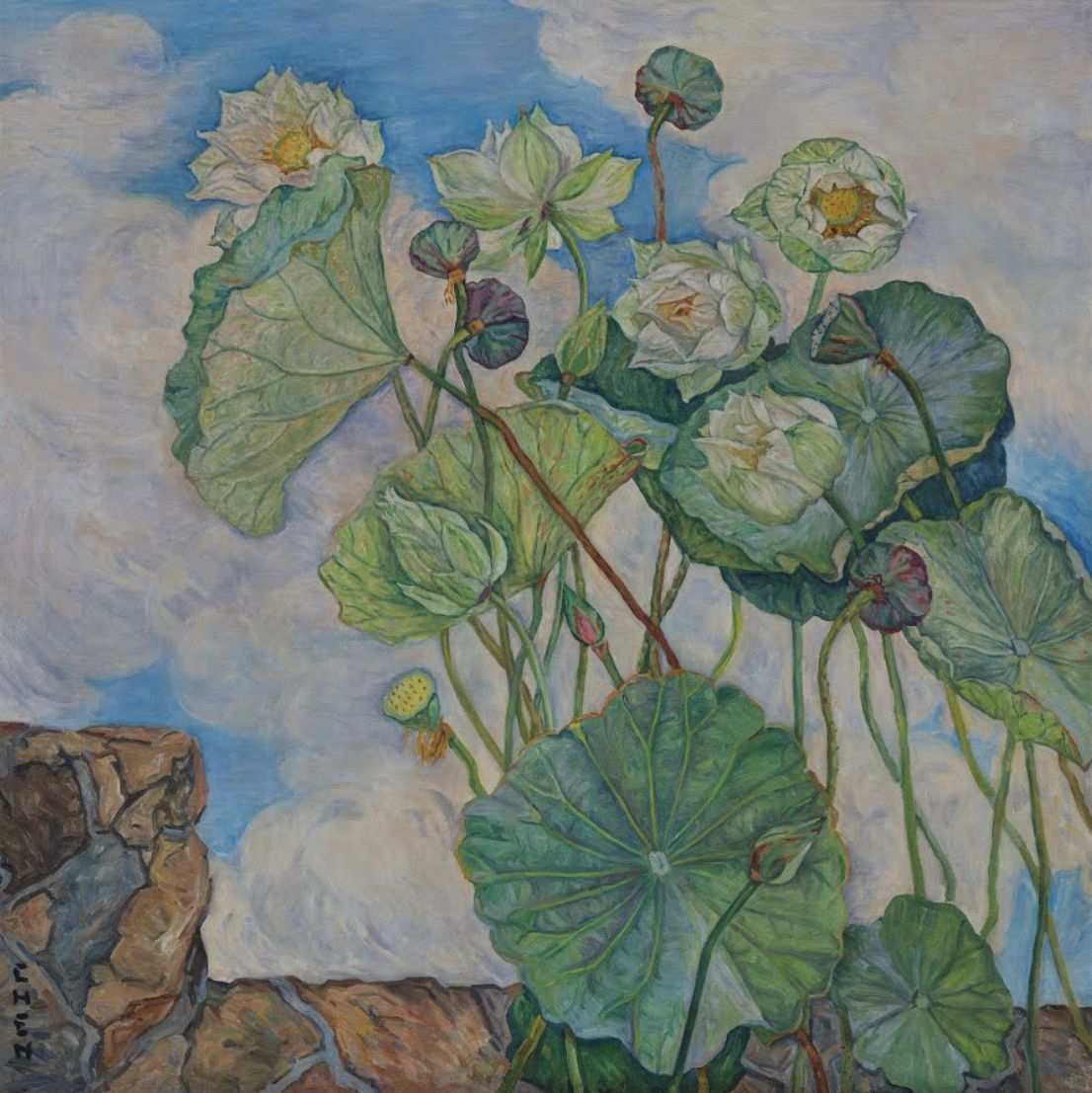The Nanyang artist was key to the development of modern art in Singapore
In a visual arts scene that was once male-dominated in its early years, Georgette Chen was one of the rare female artists. The first-generation Singaporean painter was one of the pioneers of the Nanyang-style art movement, alongside Liu Kang, Chen Chong Swee, Chen Wen Hsi and Cheong Soo Pieng. And like many of her peers, Chen was also very much involved in arts education, teaching part-time at the Nanyang Academy of Fine Arts until her retirement in 1981. For her contributions to the arts in Singapore, Chen was awarded the Cultural Medallion in 1982.
Read more: Google Doodle Celebrates Singaporean Artist Georgette Chen
1. She spent her younger years in Paris, New York and Shanghai

Georgette Chen was born Chang Liying on October 17, 1906, in Zhejiang, China. Her family moved to Paris in 1914, after the 1911 Chinese Revolution. Her diplomat and businessman father was a close friend and supporter of Chinese revolutionary leader Sun Yat Sen.
Chen studied art at the Art Students’ League in New York, as well as the Académie Colarossi and Académie Biloul in Paris, where she was influenced by the work of post-impressionist artists such as Paul Cézanne.
She debuted as a professional artist in 1930, when two of her paintings, Nu and Vue sur La Seine aux Andelys (View of the Seine at Les Andelys), were exhibited at a Salon d’Automne exhibition, which famously showed the works of Picasso, Matisse and Cézanne.
